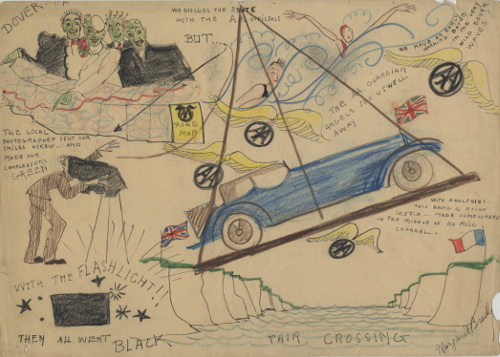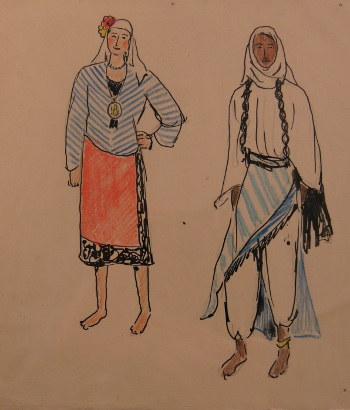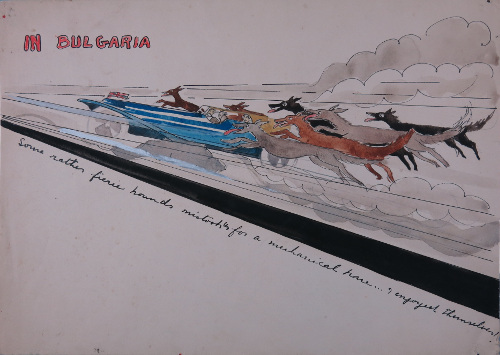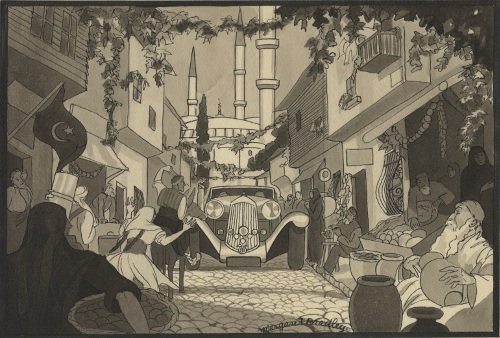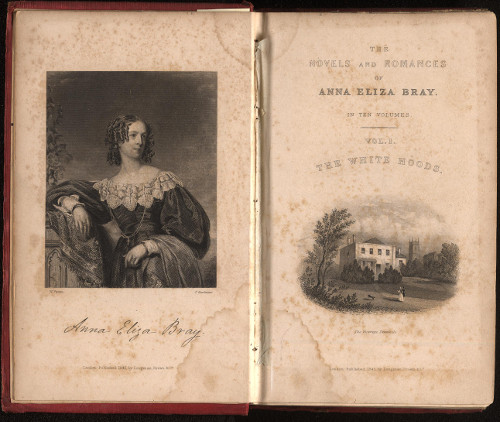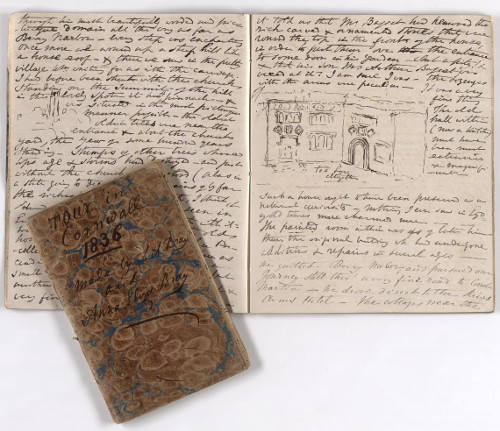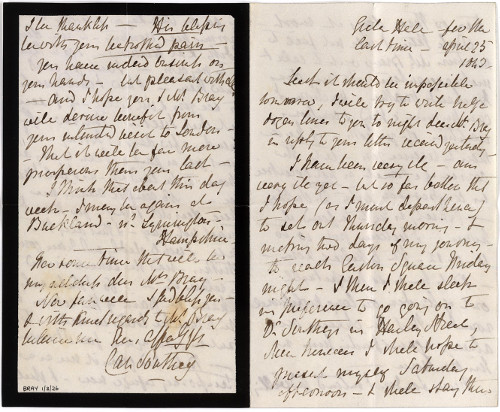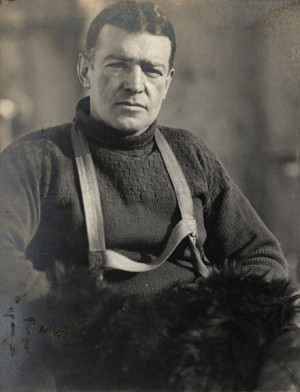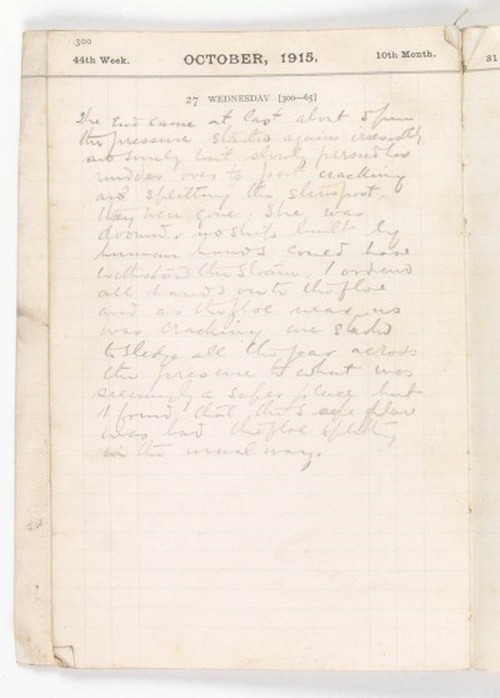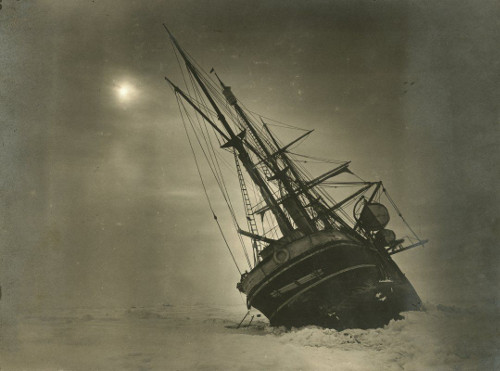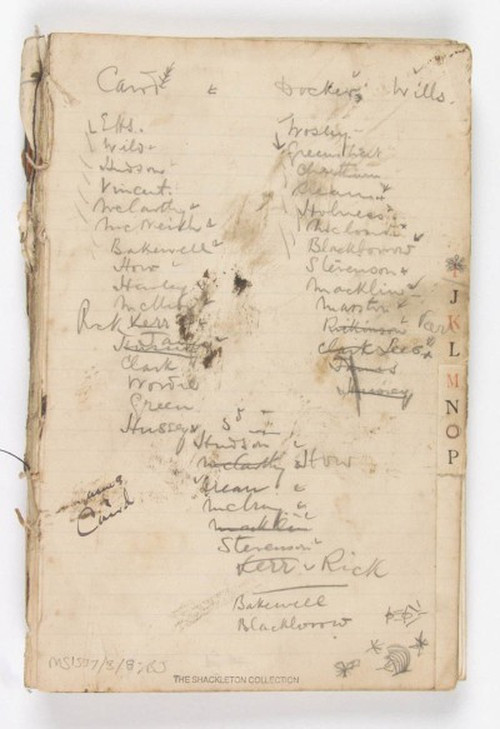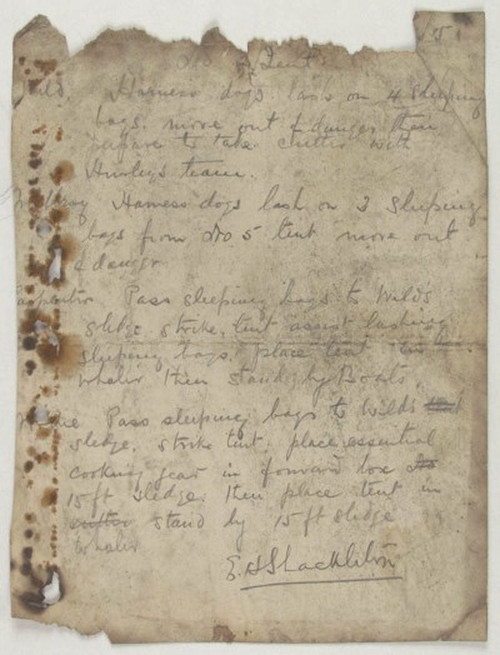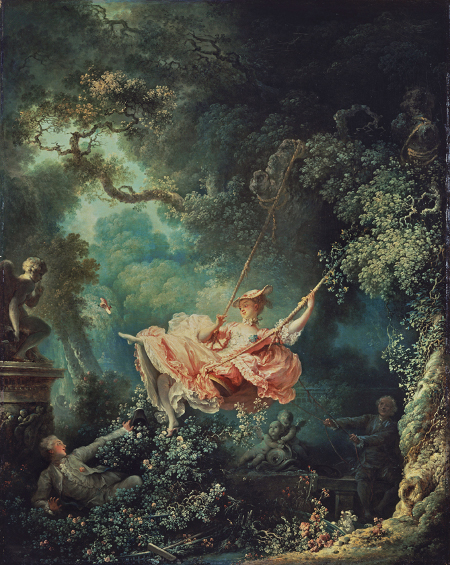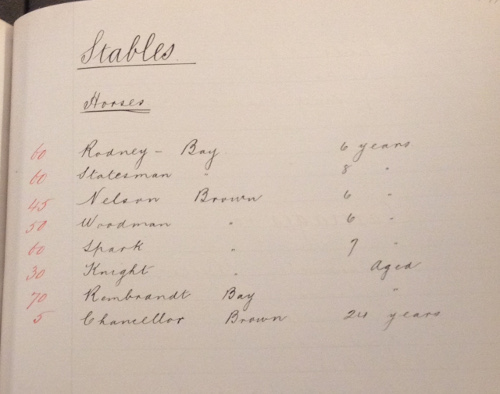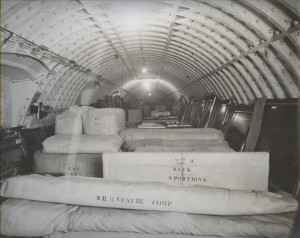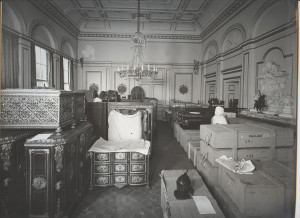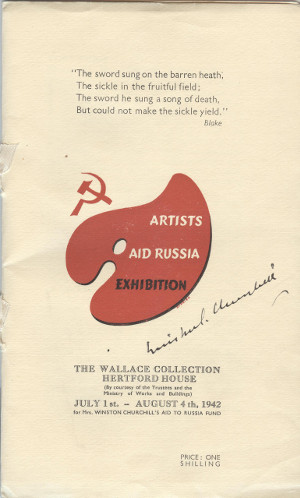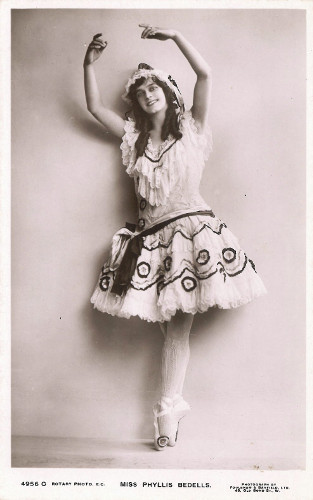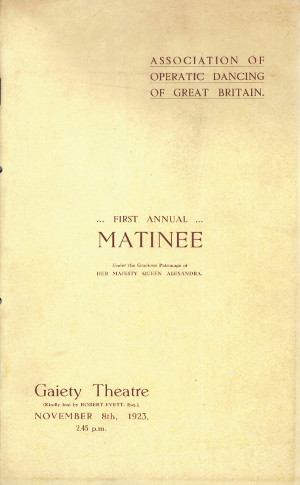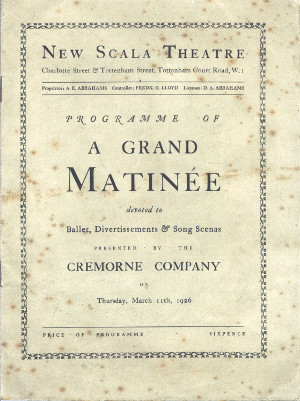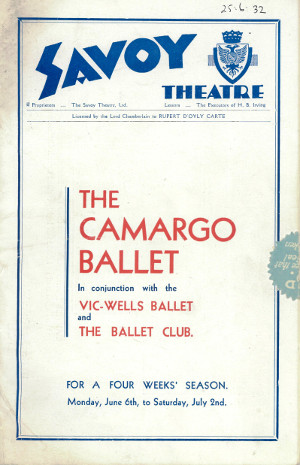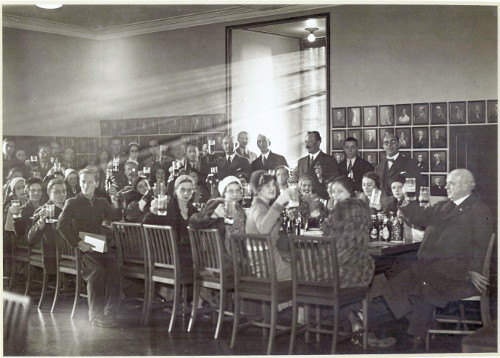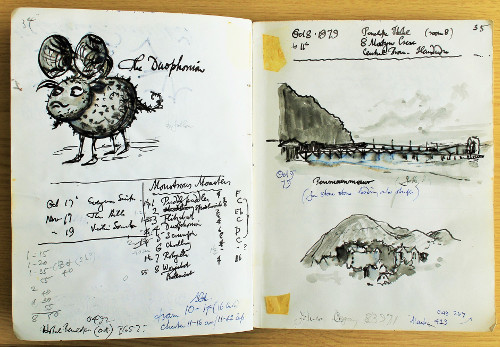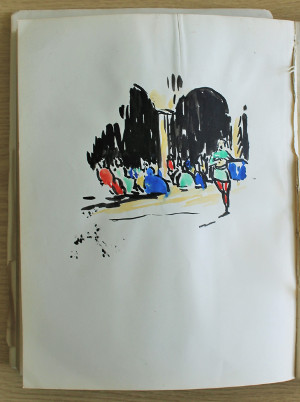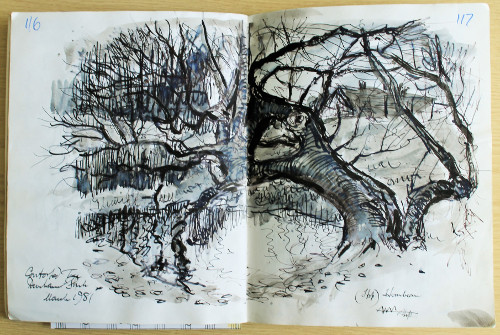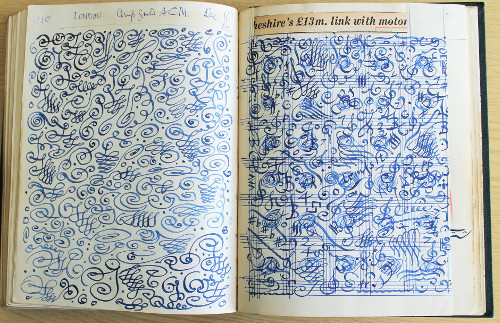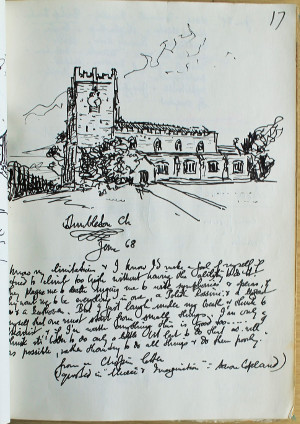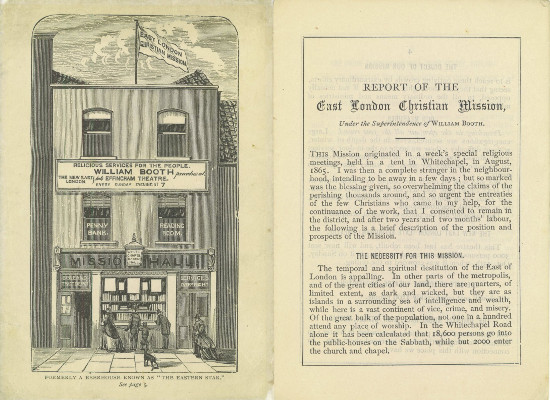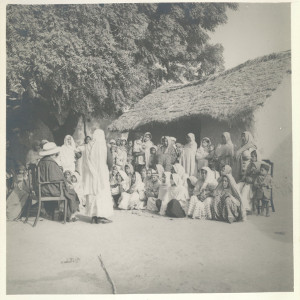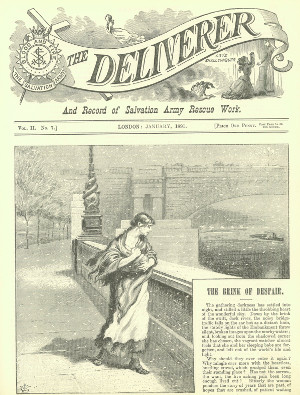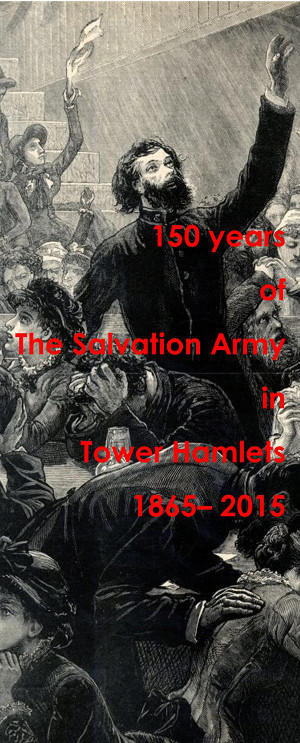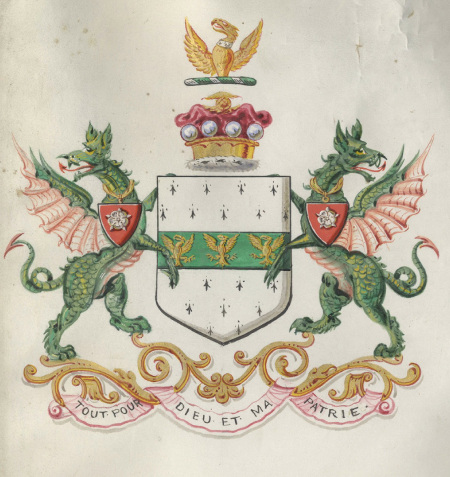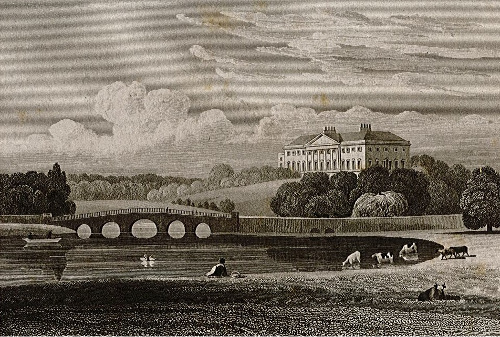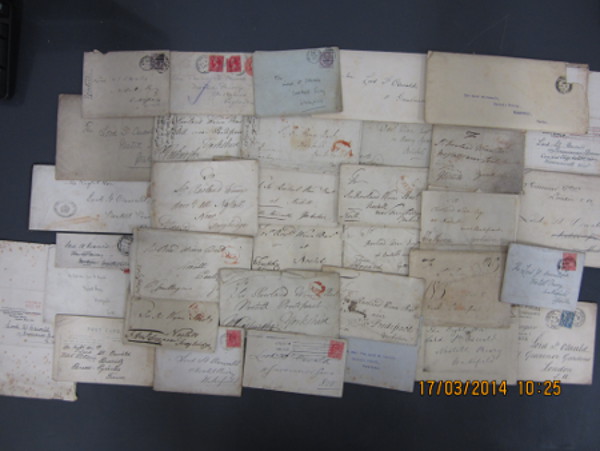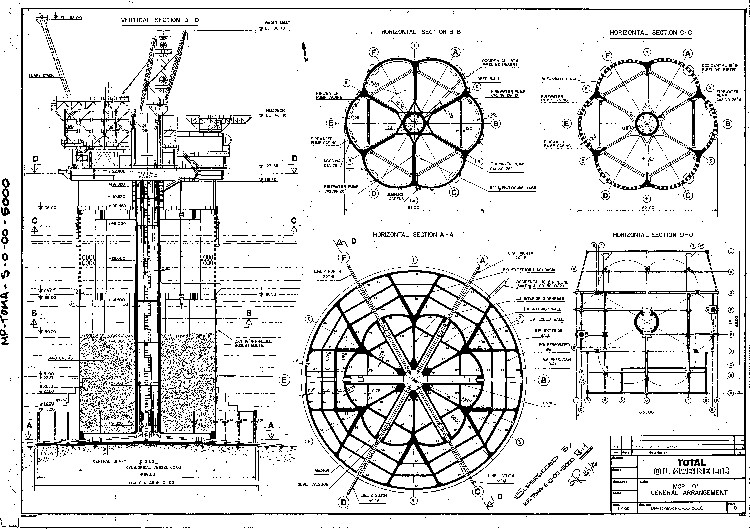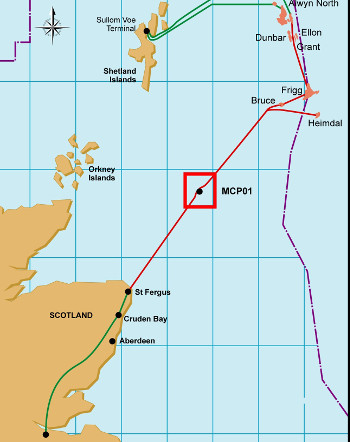Archives Hub feature for January 2016
Founded in 1981, Black Cultural Archives’ mission is to collect, preserve and celebrate the heritage and history of Black people in Britain.
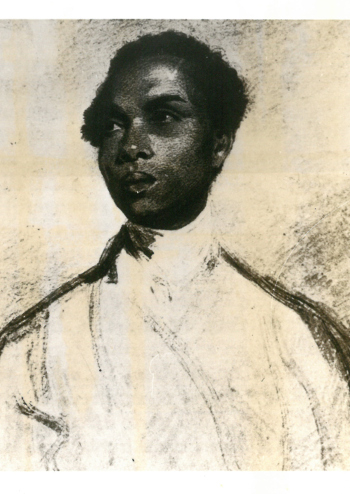
Photographic reproduction of artwork, originally purported to be a portrait of Francis Barber, companion to Dr Samuel Johnson, in the manner of Sir Joshua Reynolds. The original is held in the Tate gallery and a copy is displayed at Dr Johnson House. Original date unknown.
Black Cultural Archives have opened the UK’s first dedicated Black heritage centre in Brixton, London, in July 2014. Our unparalleled and growing archive collection offers insight into the history of people of African and Caribbean descent in Britain. The bulk of the collection is drawn from the twentieth century to the present day, while some materials date as far back as the second century. The collection includes personal papers, organisational records, rare books, ephemera, photographs, and a small object collection.
Our work at Black Cultural Archives recognises the importance of untold stories and providing a platform to encourage enquiry and dialogue. We place people and their historical accounts at the heart of everything we do.
The current exhibition at Black Cultural Archives is Black Georgians: The Shock of the Familiar. Imagining the Georgian period awakens images from Jane Austen’s parlour to Hogarth’s Gin Lane. Black Cultural Archives’ new exhibition takes you on a journey a long way from these quintessential English images. This new exhibition interrogates the seams between the all-too-often prettified costume period dramas and the very different existence of hardship, grime, disease, and violence that was the reality for many.
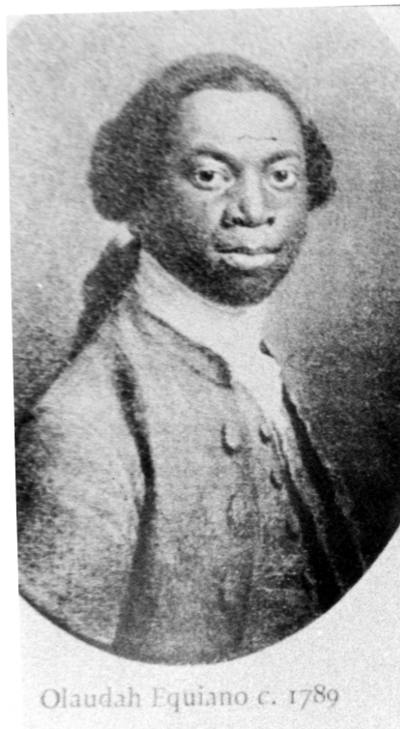
This exhibition will reveal the everyday lives of Black people during the Georgian period (1714-1830). It will offer a rich array of historical evidence and archival materials that present a surprising, sometimes shocking, and inspiring picture of Georgian Britain.
The Black Georgian narrative not only challenges preconceptions of the Black presence in Britain being restricted to post World War II, but it speaks to us of a growing population that forged a new identity with creativity, adaptability, and remarkable fortitude. It is a complex picture: while there was much oppression and restriction, there was also a degree of social mobility and integration.
Key individuals form the backbone to the exhibition, including Phillis Wheatley, the subject of this article in particular. Aged only seven, Wheatley was brought to Boston, United States, and sold as a child servant to the all-white Wheatley family in 1761. At the time, Boston was home to only 15,000 people, 800 of whom were of African descent; only 20 of these 800 were “free” individuals and not enslaved.[1] From the start, it was clear to the Wheatley family that Phillis was an extraordinary child, referred to by critics today as a ‘child prodigy’,[2] who ‘gave indications of uncommon intelligence’.[3] Susanna Wheatley, the mistress of the Wheatley family, recognised this extraordinary flair of intuitive intelligence, fostering the intellectual development of Phillis by allowing her to learn to read and write, learn Latin and to read the Bible. One may ask, why was Phillis saved from the usual domestic chores which was expected of the other servants? Vincent Carretta argues that Susanna’s attention may have been ‘a kind of social experiment to discover what effect education might have on an African’ or, perhaps, that Phillis reminded Susanna of the daughter she had lost years earlier.[4] Though we can never be certain as to why Susanna felt compelled to provide for Phillis in the manner that she did, we can see how it undoubtedly shaped the young child, with Wheatley later becoming the first African-American woman to publish poetry.
Wheatley’s first volume of poetry, Poems on Various Subjects, Religious and Moral, was first published in England in 1773, the same year that she visited London. Wheatley was viewed by many during her trip to London as a “celebrity” of the day, though she was of course not without her critics; Wheatley had to prove the authenticity of her authorship, for many doubted that a women, more especially a former enslaved individual, could be capable of producing the poetry that she published.
Unfortunately, Wheatley’s life was short, dying at the young age of 31. She had married another free Black man, John Peters, in 1778, but despite the promising turn of events in her earlier life, including literary fame as the first female African-American poet, Wheatley died in poverty in 1784, having struggled to publish any further poetry.
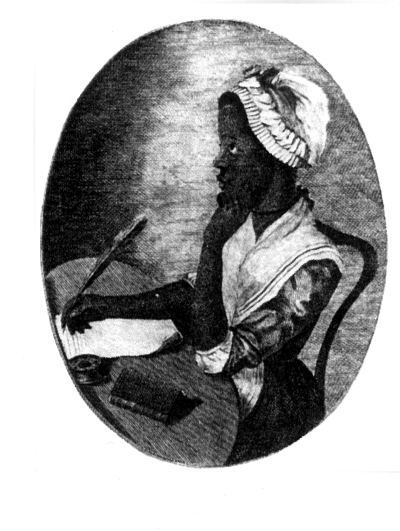
Though short, Wheatley’s life was certainly remarkable, although there is still relatively little known about her beyond the basic facts, and less still known about her former years before being brought to Boston. Black Cultural Archives has previously recognised the remarkable life of Wheatley, highlighting her in a previous newsletter from 1992 as a ‘personality of the month’; this newsletter is part of our archival collection today, and can be found under the reference BCA/6/4/7.
Phillis Wheatley was the focus of the free Treasures in the Archive lunchtime talk on the 17th December, delivered by the Assistant Archivist, Emma Harrison; Wheatley and other prominent figures from the Georgian period can be explored further in the Black Georgians exhibition at Black Cultural Archives, which runs from the 9th October 2015 – 9th April 2016. For those who wish to interrogate and explore archival material relating to the Black Georgians exhibition, you are able to search our online catalogue (http://www.calmview.eu/BCA/CalmView/advanced.aspx?src=DServe.Catalog ). Archival material can be viewed by emailing archives@bcaheritage.org.uk to book an appointment in the reading room, which is open for archive appointments Wednesday-Friday 10am-4pm, and every second Thursday.
Emma Harrison
Assistant Archivist
Black Cultural Archives
[1] Vincent Carretta, Phillis Wheatley: Biography of a Genius in Bondage (London: The University of Georgia Press, 2011), p. 1.
[2] Peter Fryer, Staying Power (New York: Pluto Press, 2010), p. 91.
[3] William H. Robinson, Phillis Wheatley in the Black American Beginnings (Detroit: Broadside Press, 1975).
[4] Carretta, Phillis Wheatley, p. 37.
Related:
Browse the collections of the Black Cultural Archives on the Archives Hub.
All images copyright the Black Cultural Archives and reproduced with the kind permission of the copyright holder.

